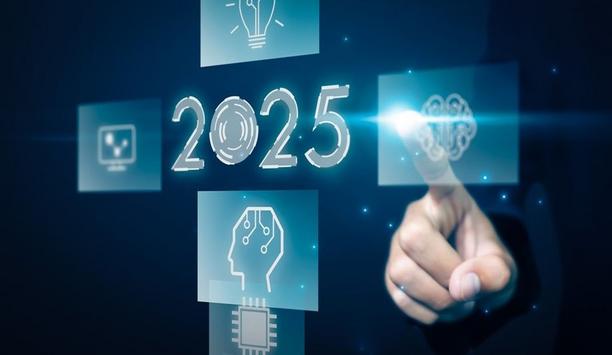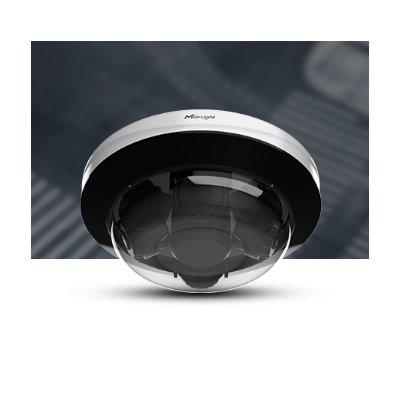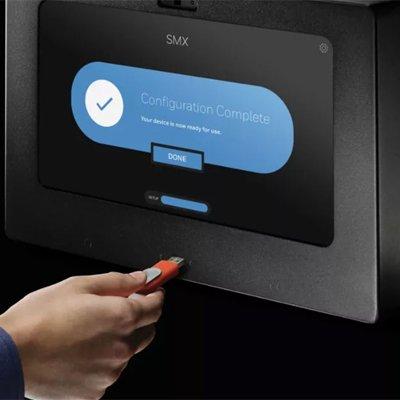It’s hard to believe that we’re in the final quarter of 2019. It’s time to wrap up goals and make new ones that will guide us into another decade. As we look forward, we can’t help but look back at some of the key trends that emerged in the last couple of years, and their continued presence in the product road maps and plans that so many security industry leaders and manufacturers are creating.
Some of these trends have enhanced the efficacy of security systems, whereas others have the potential of having adverse impacts.
Cybersecurity
Cyber-attacks of all kinds have become, and will continue to be, a major threat, making this one of the most important initiatives that today’s businesses embrace. From a manufacturer’s perspective, building cybersecurity into the product from its inception is critical, with integrators beginning to demand this level of consideration from the products they sell. As a result of a rise in the convergence of IT applications alongside security investments, end users are now seeking out solutions designed with data security top-of-mind. All network connected devices such as DVRs/NVRs, servers, IP cameras, access controllers, intrusion alarms, smart sensors, are vulnerable, which is why this added step in developing cybersecurity protocols and applying them across the organisation is critical.
Building cybersecurity into the product from its inception is critical
More connected devices
The Internet of Things (IoT) has been a major trend for the past few years in many industries, and this will continue as we integrate sensors of all kinds into the network. The collection and analysis of the data collected by these sensors is giving rise to a plethora of applications such as industrial applications, intelligent building management, event management, and much more. The physical security industry benefits by having additional intelligence for situational awareness and emergency management, as well as opportunities to provide additional value-added services and business insights. Being deployed in an increasing number of scenarios and with continued improvements in computing capabilities, video has the opportunity to become the eye of IoT.
AI-enabled devices
Software manufacturers are looking toward artificial intelligence to help propel advanced analytics in an effort to deliver more situational awareness to operators, and an increased ability to proactively assess threats or anomalies. While video and data analytic capabilities have been around for quite some time, some would argue they were rudimentary in comparison to software that uses AI to make existing applications such as facial recognition much more accurate, and to create new ways to detect anomalies. In addition, AI continues to be used to make sense of the large amounts of data that are being generated by intelligent sensors and by analysing the growing amount of video.
5G connectivity
It’s safe to say that 5G will revolutionize the way people stay connected to the internet. Extra speed, extra bandwidth are going to make our mobile devices faster, more powerful and hyperconnected, with the same thing happening to IoT connected devices such as cameras. This is going completely change the way we think about smart cities: more powerful IP devices connected to one another, powered by AI, will have a massive impact on the way we move, shop and live in urban areas.
more powerful IP devices connected to one another, powered by AI, will have a massive impact on the way we move, shop and live in urban areas
Privacy concerns
In most advanced economies around the globe, citizens are increasingly concerned with privacy of their data, and many governments have put – or are in the process of doing so – stringent data protection laws in place. The EU has lead the way in using these concerns to develop privacy regulations that govern the development of data-driven applications. This trend is starting to impact the entire globe, as we shift toward more data autonomy and privacy. Since most physical security applications involve the collection of video and data about people and assets, privacy regulations will continue to have a significant impact on the industry well into the future.
Cloud and mobile capabilities
Mobility is critical for physical security and is emerging through the development and use of cloud-based services, as well as the ability to access security devices through a smart phone or Web-based browser. That’s why there’s been such an influx of mobile apps created to manage cameras, receive automatic alerts for the most diverse event, and giving users the ability to grant or restrict access to a facility. All of this demonstrates the world’s demand for mobility, connectivity and ease-of-use.
More video — everywhere
Video is the cornerstone of security, providing both real-time and forensic coverage for emerging threats and incidents, which is why it’s one of the fastest growing segments of the marketplace. The use of video for traditional applications in new markets, as well as for use in newer applications that are not necessary security related is poised to see the most movement. In some industries such as oil and gas, there is a trend towards extending video coverage into extremely harsh and hazardous environments, so manufacturers are challenged to develop appropriately certified equipment to meet a more stringent demand. Manufacturing facilities such as food processing plants are also increasing their use of video for training and compliance purposes to prevent incidents such as food recalls that can be extremely costly for the business.
It’s an exciting time to be a part of the security market, as we’re really just beginning to see that, when it comes to technology advancements, the sky is the limit. I would argue at the core of these innovations is the video data being collected, and as we work to build technologies that can harness the power of these applications, we will continue to be at the forefront of this movement toward greater intelligence and business insights.





















